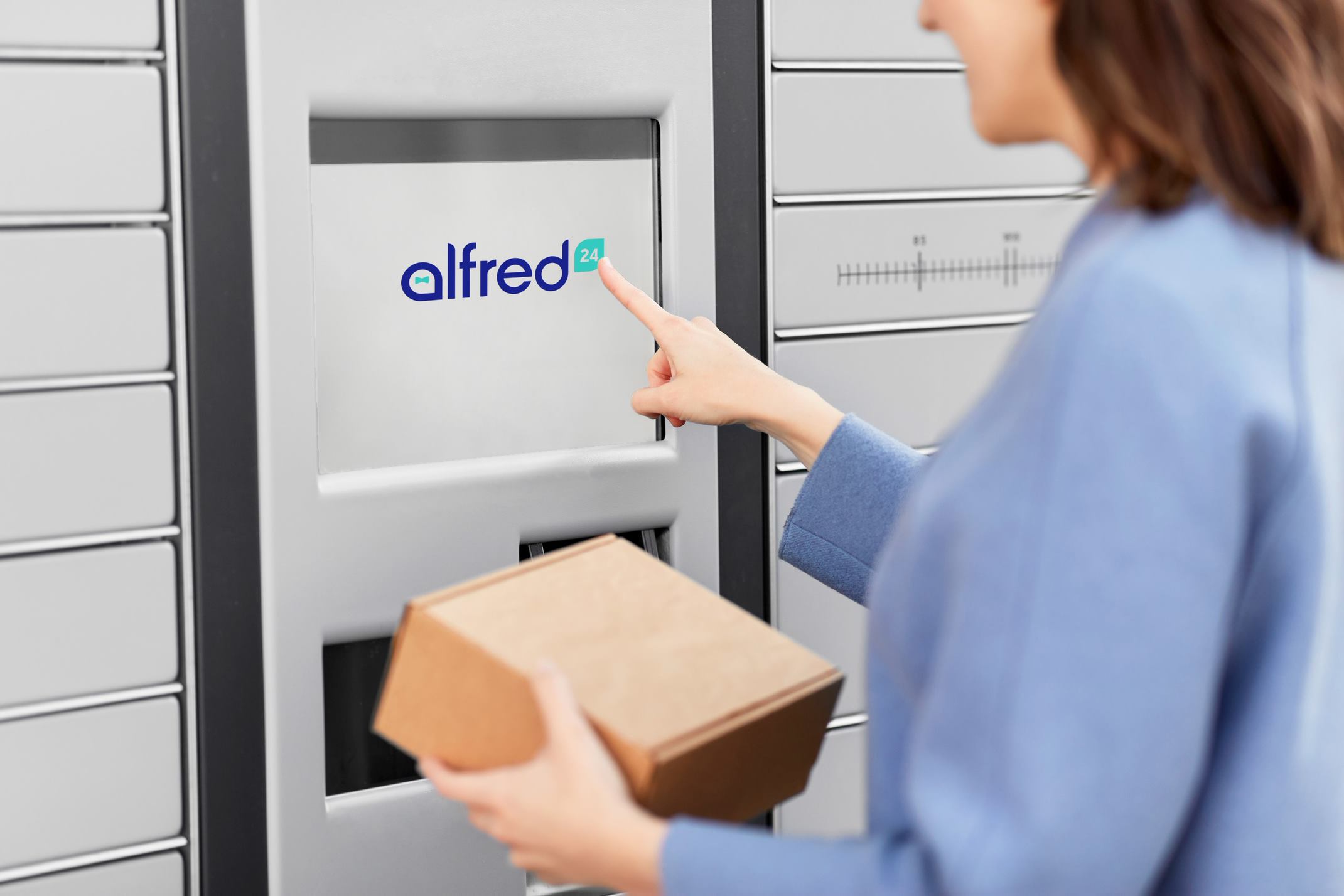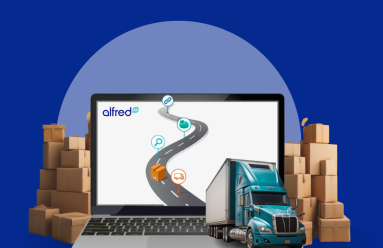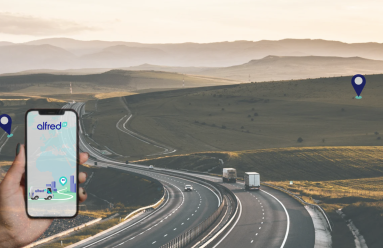How Last-Mile and Same-Day Delivery is Evolving

It goes without saying, but the last-mile delivery market since 2020 is unrecognisable.
- Demand for deliveries, drivers, and assets has skyrocketed
- Costs have increased dramatically
- There’s a renewed push for same-day delivery
Thanks to our friend Brian Moroney, for the first hand insights on topic.
Demand outstrips supply
The exponential growth in demand for delivery drivers has moved the market from an operator-centric to a driver-centric market.
Ie, operators previously had significant control over the market’s supply and demand, faced limited competition, and could set conditions due to limited alternative options.
In today’s increasingly competitive and complex market, drivers have more flexibility and choice.
They’re able to select the platforms, and gigs that suit their preferences and maximise personal profitability, requiring operators to compete for driver services and loyalty.
New options but with a cost
For many drivers “choice” means leaning into the gig economy, and unsurprisingly so.
Driving for open-source platforms offers freedom, a work-life balance, and money-making potential, but it comes at a cost.
Gig fleets completely lack alignment with the operator’s customer experience and business goals.
In turn, these shifts have created a rift between the needs and objectives of the operators vs. the needs of the drivers.
Strong headwinds
Despite this, the demand for delivery services shows no signs of slowing down any time soon.
One survey found that 83% of people expect home delivery to become their primary method of consumption, aligning with overarching trends toward digitisation.
For better or for worse, humankind has grown accustomed to interfacing via the web.
We’ve been conditioned to conduct almost everything through a phone.

The new face of the company
As a result of this digital age and reliance on home delivery, drivers are becoming the face of companies.
They’re often the only human touchpoint between brand and consumer.
As such, they’ve proven to have a significant impact on brand perception and loyalty, even as third-party gig drivers.
Adversely, as the face of the company (company employee or not), drivers also tend to pay the consequences regardless of fault when orders are wrong.
Good or bad, there’s an interdependent relationship between the performance of drivers and operators on one another’s success.
This paradigm presents an opportunity for both parties to benefit from a more collaborative and rewarding relationship.
A path forward
Not to mention being ranked as one of the most dangerous jobs in our country by the Bureau of Labor Statistics, drivers today are bringing more value to the table.
Businesses that recognize that through adequate accolades, compensation, and relationship-building are experiencing a high volume of high-quality, effective, and efficient drivers.
Why?
Because when employees thrive, so does the bottom line.
As an industry, we need to give drivers a community to share ideas and experiences that can improve the business and help them feel more ownership of the experience.
This should be enforced by opportunities for consistent feedback and acknowledgment.
The trick is implementing such in a way that simplifies the driver’s hybrid experience.
Creating universally recognised performance metrics that drivers have ownership over and can take with them throughout any job enhances reliability, consistency, job satisfaction, consumer satisfaction, and hiring manager satisfaction.
It also gives the ability to adequately reward quality driver behaviour and address undesirable behaviour through actionable insights.
As the world continues to depend more heavily on delivery services, it’s crucial to recognise and prioritise the essential role that drivers play in shaping the future of e-commerce and modern-day consumerism.
The delivery driver profession is evolving, but it is also becoming more exciting, engaging, and rewarding.


